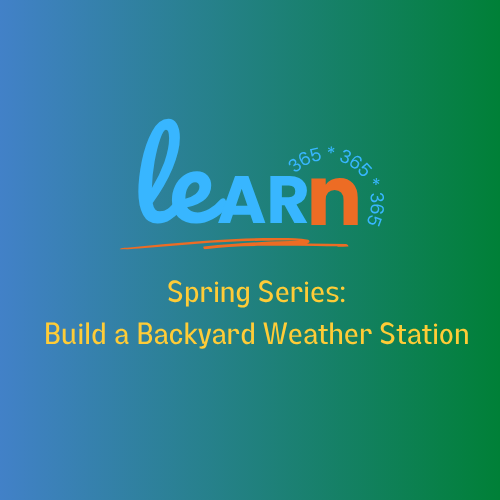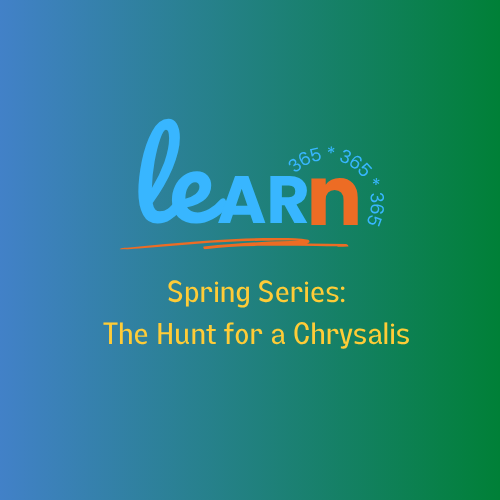Accountability: Plant a Mini Garden or Wild Patch

What You’ll Learn
Learn how to grow something from the soil up. Observe plant life cycles, understand what roots need to thrive, and create a space that supports nature—right in your yard or a few pots.
Quick Background
Spring is when everything starts to grow—and you don’t need a full farm to join in. Whether it’s herbs in a container or wildflowers in a corner of your yard, gardening teaches patience, systems thinking, and how living things respond to care and conditions.
Try it Together
1. Choose your grow space:
> A container (recycled jar, pot, or bin)
> A corner of your yard or a wild patch of soil
2. Decide what to plant:
> Food: lettuce, basil, radishes
> Flowers: marigolds, zinnias, wildflower mix
> Pollinator helpers: milkweed, bee balm
3. Observe daily:
> Watering schedule
> Soil moisture
> Sprouting progress
Optional: Label each plant with a handmade sign using popsicle sticks or rocks.
Quote
“If you have a garden and a library, you have everything you need.”
— Marcus Tullius Cicero
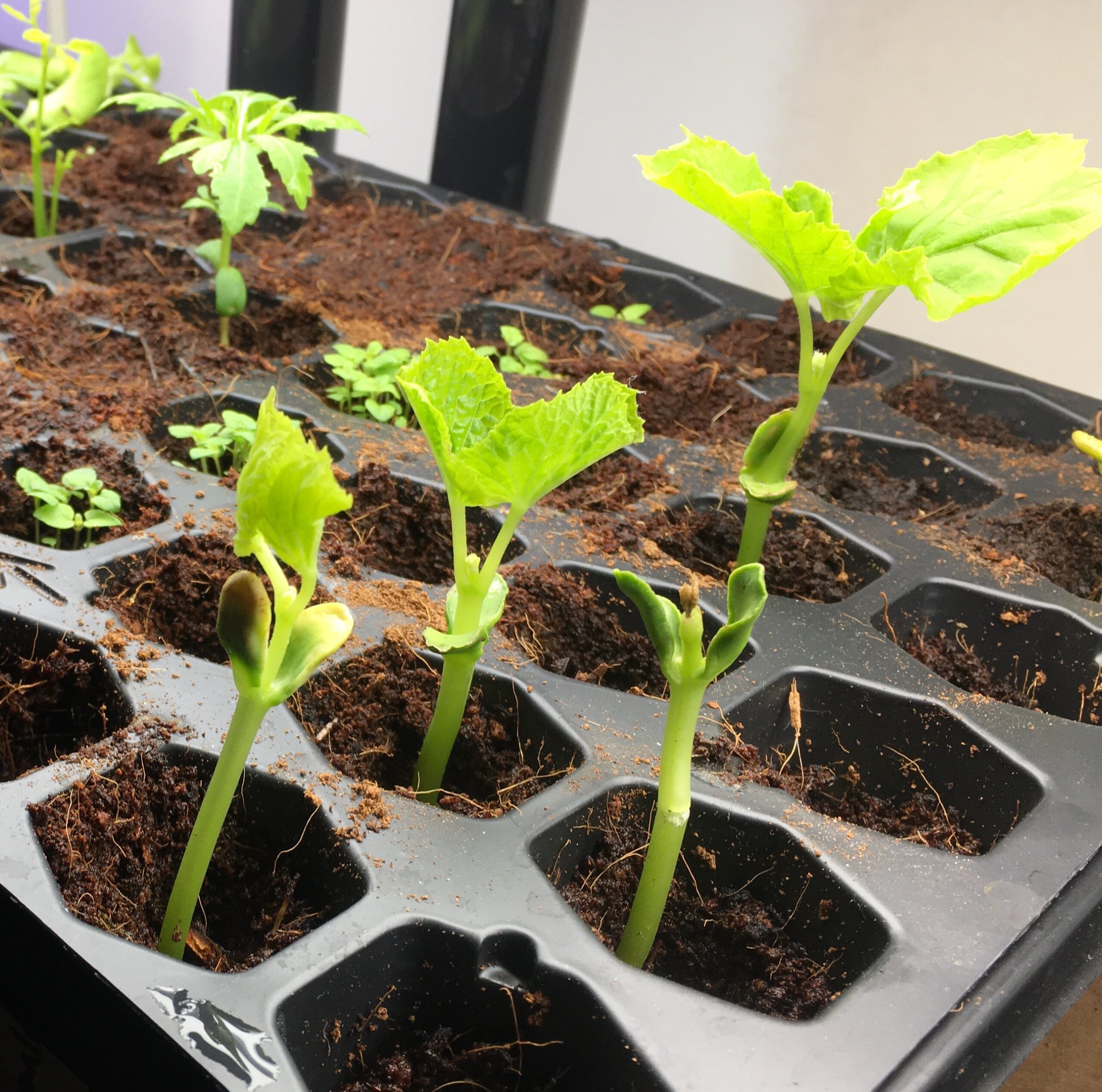
Family Talks (Reflection Prompts)
1. What makes a plant thrive vs. struggle?
2. What do you notice when you miss a watering day?
3. How is caring for plants like caring for ideas or relationships?
Why is this relevant?
Knowing how to grow food or support nature is more than a science lesson—it’s a life skill. Urban farmers, botanists, chefs, and environmental engineers all start with soil, light, and water.
Document It!
1. Draw the seed-to-sprout-to-plant process
2. Take daily or weekly progress photos
3. Keep a garden journal: What worked, what didn’t, what you’d try next time.
Bonus challenge (Optional)
Design a pollinator-friendly patch. Research which flowers attract bees and butterflies in your area. Bonus points for creating a tiny water source (like a shallow dish with stones).
Get Weekly Learn 365 Straight to Your Inbox
Your Weekly Learn 365 and Learning Stories in your inbox.
Related Learning Stories
Our learning stories – also called Voices of Learning – as learning implementations of our Learn 365. These are written by parents and students to show an example of how they implemented our Learn 365 snippets.
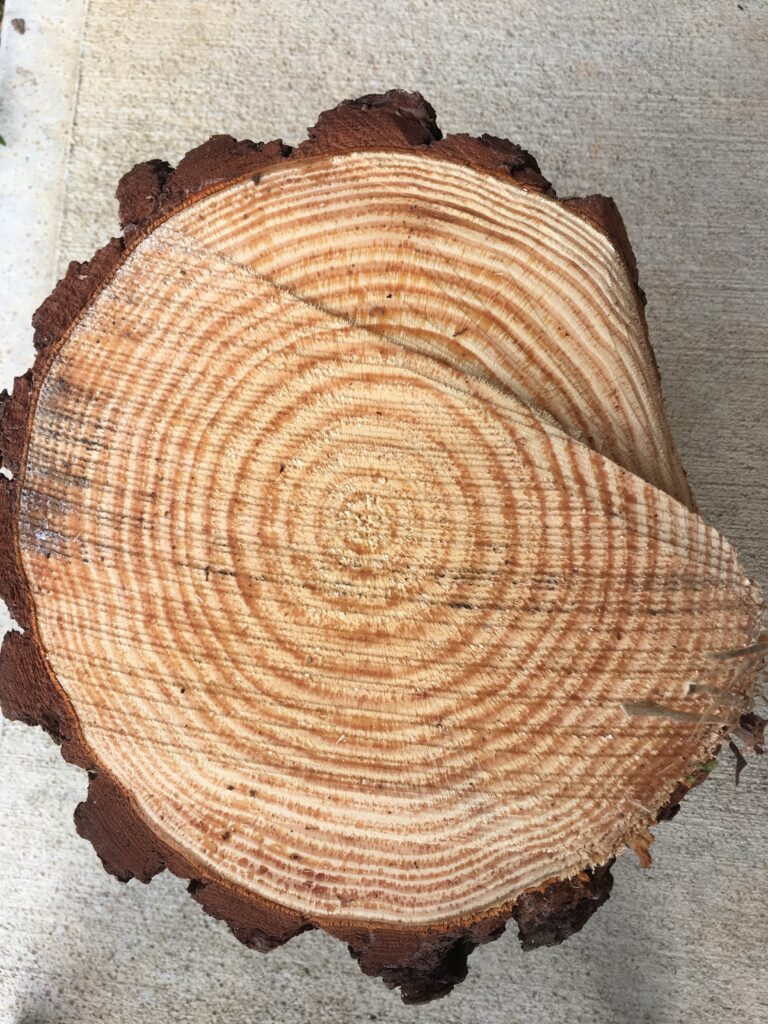
Free Science Homeschool Ideas in Your Yard – Part 2
Have you been thinking about how you can homeschool free in your yard? Well, science is really not very…
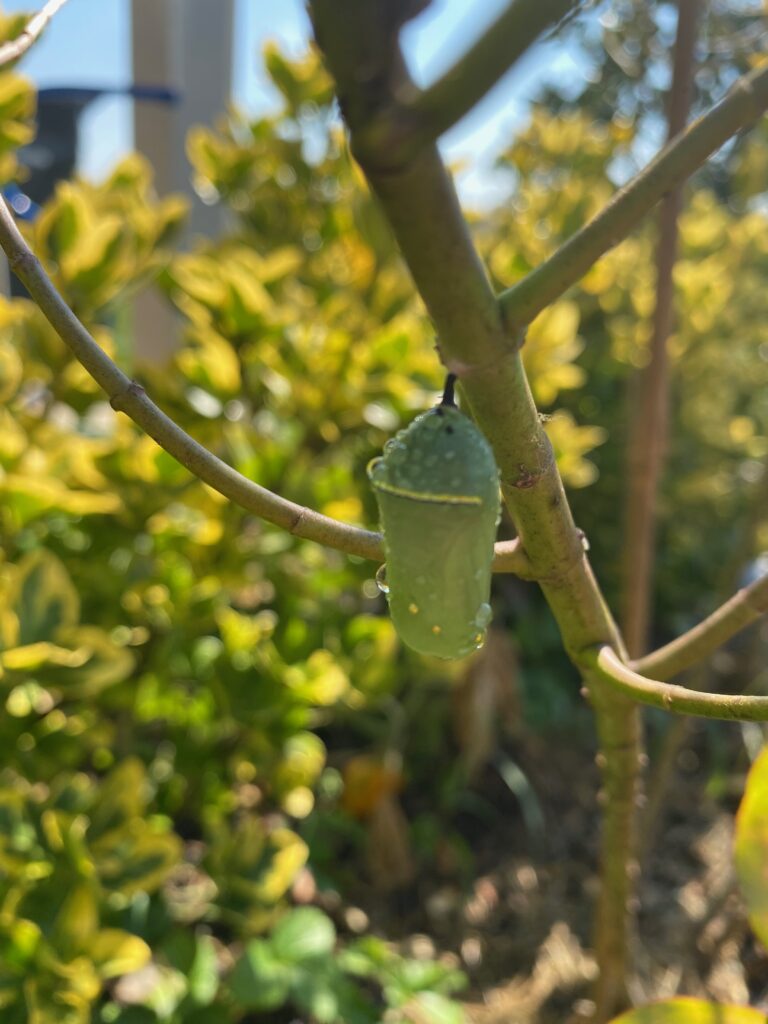
Free Science Homeschool Ideas in Your Yard – Part 1
Have you been thinking about how you can homeschool free in your yard? Well, science is really not very…

Advantage of Blank Paper and a Pencil
Are you looking for an activity to start your homeschool day their creative minds? Consider a daily creative learning…
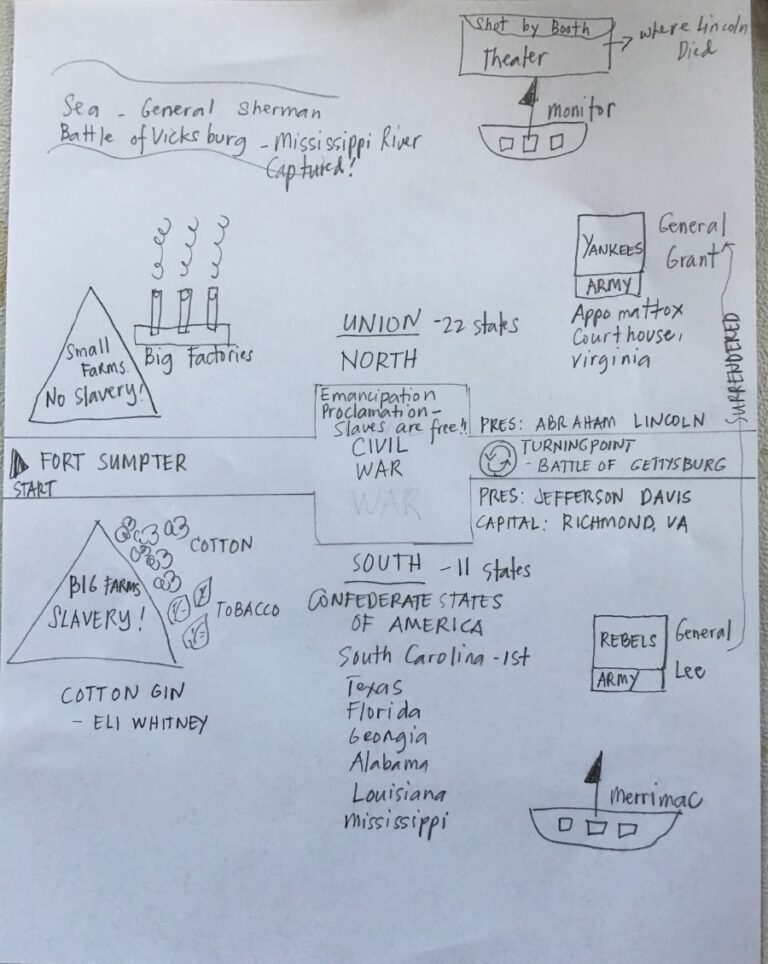
Learning History
Is your child struggling when learning history? Visualizing the story about this history might help just like how we…

At the End of the Mess is a…
Today, we decided to get some baking done using a chocolate brownies recipe from Annabel Karmel‘s First Meals. We rebel out…
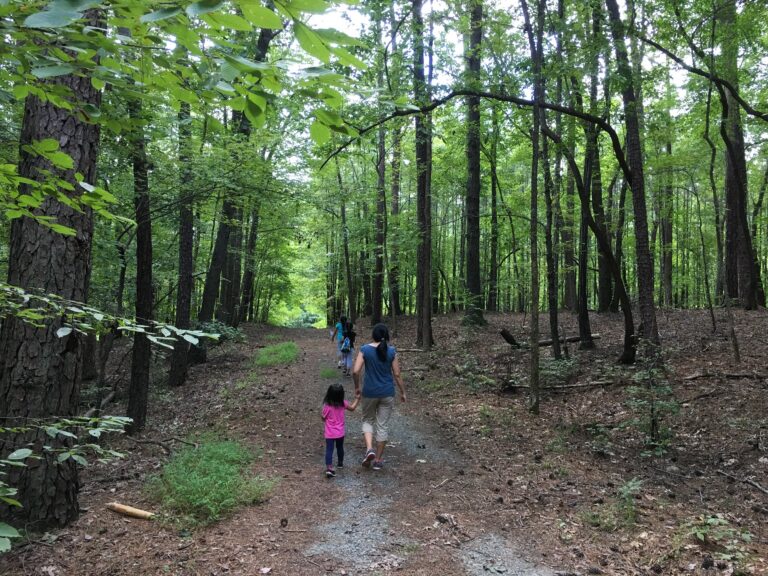
The 2.8 Mile Loop
We drove to one of the nearest state park in our area. While we were originally planning to take…

